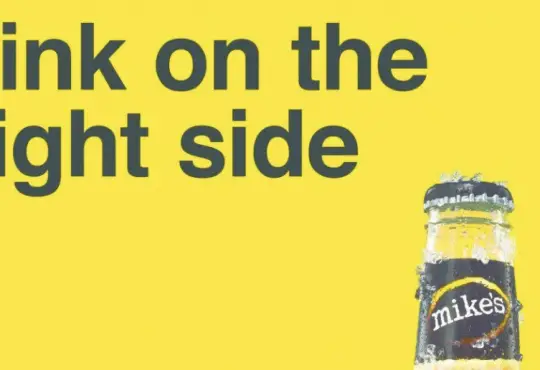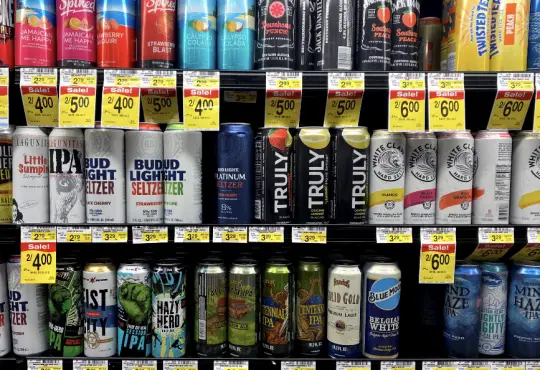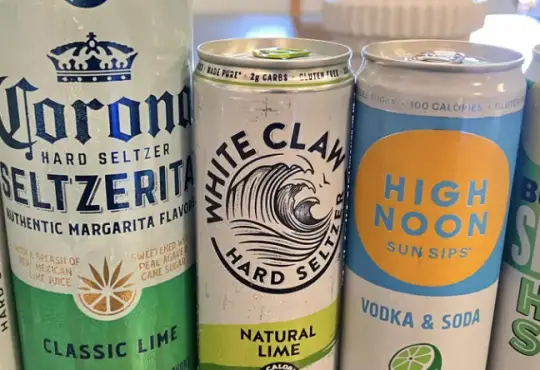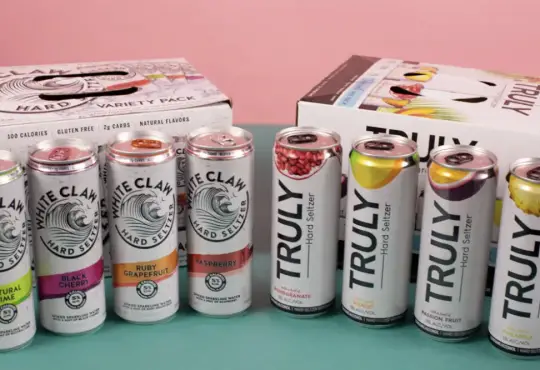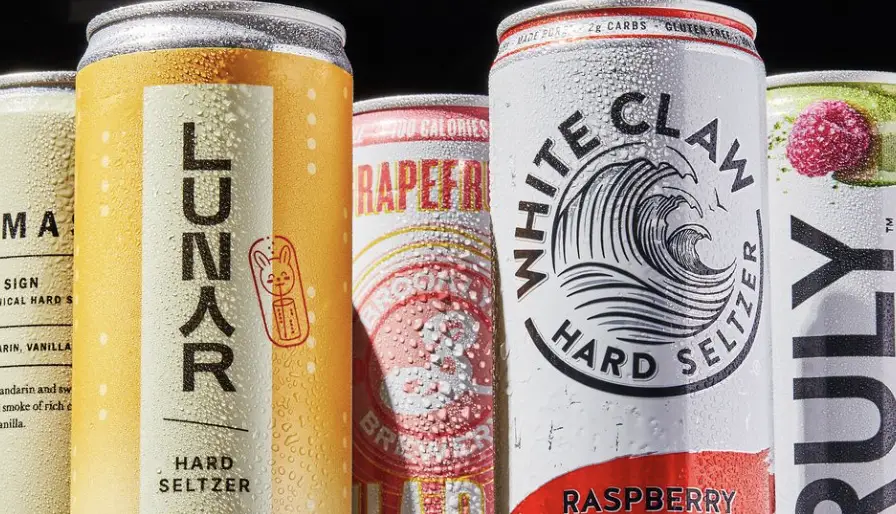
Crafting the Bubbles: The Art and Science of Making Hard Seltzer
Hard seltzer has gained widespread popularity for its light and refreshing qualities, making it a preferred choice for those seeking a low-calorie, bubbly alcoholic beverage. But have you ever wondered how this effervescent elixir is made? In this blog post, we’ll take you behind the scenes to explore the process of making hard seltzer, from inception to can, revealing the careful balance of ingredients and techniques that create this modern sensation.
The Base Ingredients: A Simplicity that Shines
- Carbonated Water: The foundation of hard seltzer is carbonated water, providing the signature bubbles that make the drink effervescent and refreshing.
- Alcohol: The alcohol in hard seltzer is usually derived from fermented sugars. Common sources include cane sugar, malted barley, or other grains. The alcohol content is typically low, ranging from around 4% to 5% alcohol by volume (ABV).
The Brewing Process: From Sugar to Alcohol
- Fermentation: The process begins with fermentation. Sugars, such as cane sugar, are dissolved in water to create a sugary solution. Yeast is then added to the solution to ferment the sugars, converting them into alcohol and carbon dioxide (CO2).
- Clarification and Filtration: After fermentation, the mixture is often clarified and filtered to remove impurities and unwanted flavors, resulting in a clean and neutral base.
Adding Flavor and Aroma: The Creative Touch
- Natural Flavors: To create the distinct fruit flavors that characterize many hard seltzers, natural fruit essences and extracts are added. These flavors range from citrus and berry to tropical and beyond.
- Balancing Act: Achieving a balanced and subtle flavor profile is crucial. The goal is to provide a hint of flavor without overpowering the drink’s lightness and crispness.
Carbonation: Bubbles that Delight
- Carbon Dioxide Injection: After the base is flavored, carbon dioxide gas is injected into the mixture to create the desired level of carbonation. This step is crucial in achieving the drink’s sparkling nature.
Packaging and Distribution: Ready to Sip
- Packaging: The final product is packaged in cans or bottles, often with stylish and eye-catching designs that reflect the brand’s identity.
- Quality Control: Throughout the production process, rigorous quality control measures ensure that each batch meets the desired taste, aroma, and carbonation levels.
Why Hard Seltzer Is Different:
- Less Complexity: Unlike brewing beer or crafting cocktails, the process of making hard seltzer involves fewer ingredients and steps, resulting in a lighter and more straightforward beverage.
- Emphasis on Refreshment: The goal of hard seltzer production is to create a crisp, refreshing, and low-calorie drink that’s perfect for various occasions.
Innovation and Variety:
As hard seltzer’s popularity continues to grow, beverage companies are introducing creative and innovative flavors, infusions, and styles to cater to different preferences and taste profiles.
In Conclusion
The journey from the fermentation tank to the sparkling can is a harmonious blend of science and creativity. Crafting hard seltzer involves a delicate balance of ingredients and processes that result in a drink that’s refreshing, light, and perfect for casual sipping or celebrating special moments. With its low-calorie content and diverse flavors, hard seltzer has emerged as a modern favorite, capturing the essence of contemporary taste while embracing the timeless appeal of effervescent refreshment.

